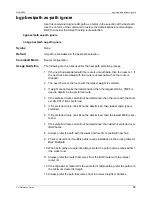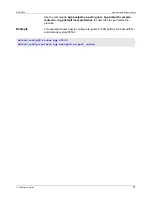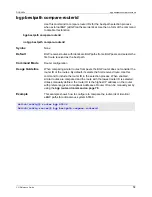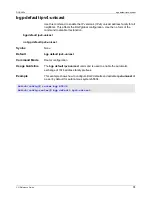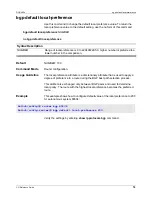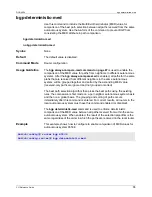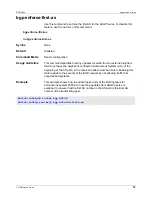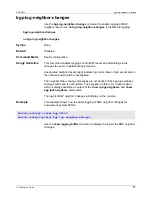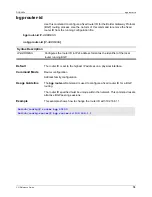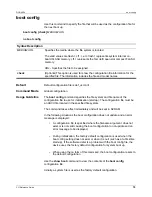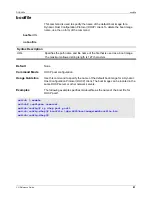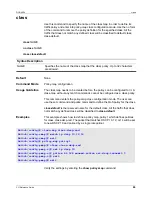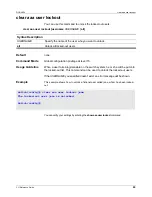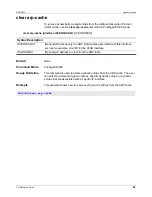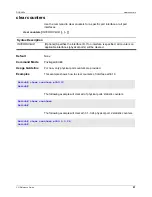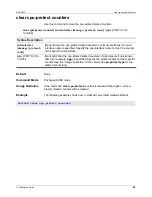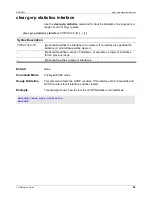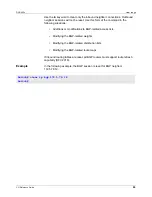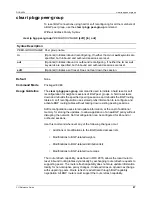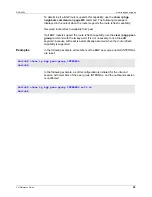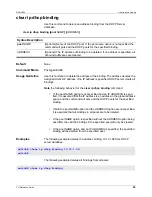
DGS-6604
m
channel-group
CLI Reference Guide
84
AC
channel-group
Use the
channel-group
command to assign an interface to a channel group.
Use
no channel-group
to remove an interface from a channel-group.
channel-group
CHANNEL
-
NO
mode {on| active| passive}
no channel-group
Default
None
Command Mode
Interface configuration
Usage Guideline
The system automatically creates the port-channel when the channel group gets
its first physical port.
An interface can be in one mode only and in one channel-group only.
If the mode
on
is specified in the command, the channel group is of a static type.
If the mode
active
or
passive
is specified in the command, the channel group is
LACP type. A channel group can only have either static member or dynamic
members. That is, once the type of a channel group is determined, interfaces in
other types cannot join the channel group.
Only a physical port interface is allowed to specify the channel-group. The
no
command removes the interface from the channel group. If the channel group
has no member port left after removal, it is deleted automatically.
Configuration of a channel group has the following limitations:
• If dot1x, port security, IP-MAC-Port binding, MAC AC or WAC are
enabled for a port, the port cannot be specified as a channel group mem-
ber.
• In order to be a member of the LACP channel-group, the port must be set
to full duplex. LACP will not prevent the user configuration of the port
whether it is set to full duplex or not and if these ports have various
duplex setting in the same channel group. LACP protocol behavior will
choose the members that are set to full duplex for the link aggregation.
Syntax Description
CHANNEL-NO
Specifies the Channel group ID.
mode {on | active |
passive}
Specifies the mode of channel group as follows:
• on - The interface is the static member of the channel-group.
• active - The interface is to operate in LACP active mode.
• passive - The interface is to operate in LACP passive mode.
Summary of Contents for DGS-6600-48TS
Page 1: ...0 9 3...

